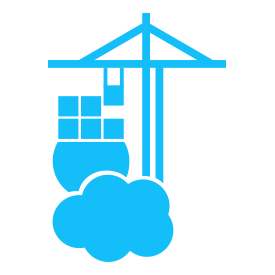I don’t typically use portainer, but I do have it installed. I usually only use it to visualize things, and do everything in docker compose but I would like to have more control inside portainer.
I’ve read all about this error and the typical solution is to add team or user acl label to docker containers, but I did this and had no luck. I can see the permissions update in portainer, but still says they are external.
I am a single user, who is admin in portainer, so the acls are pointless as admin already has these permissions.
Outside of deleting all the docker compose files and re-creating them in portainer, is there a way have stack functionality within portainer?
If I do switch to creating stacks in portainer, is there a way to get it to name them better than just 1, 2, 3 in the compose folder if I decide to move away from it?


I spent several hours on this last night and never got an answer that I felt was good enough to rely on.
I installed Portainer after setting up a couple of projects and the ‘limited control’ issue came up.
There doesn’t seem to be any clear instructions about how to migrate from std docker-compose to Portainer managed stacks
People say ‘remove and redo’ but how about an example in your docs?
Let’s say I have a basic Pi-hole installed using docker compose.yaml
How would we migrate this to Portainer?
Something like
What are the downsides and upsides of doing this?
I note that Portainer creates it’s own volumes - these aren’t necessary for a project that was previously working, etc, etc…
I really just wanted to be able to edit .env files inside Dockge, but I figured it was worth taking another look at Portainer.
To put it bluntly, it’s now sounding easier to use SSH to manage the .env files.